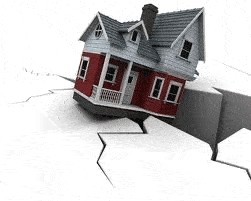
Pending home sales rose in July to the highest level in over two years and remain well above year-ago levels, according to the National Association of REALTORS® (NAR).
The Pending Home Sales Index, a forward-looking indicator based on contract signings, rose 2.4 percent to 101.7 in July from 99.3 in June and is 12.4 percent above July 2011 when it was 90.5. The data reflect contracts but not closings.
Lawrence Yun, NAR chief economist, said the index is at the highest level since April 2010, which was shortly before the closing deadline for the home buyer tax credit. “While the month-to-month movement has been uneven, more importantly we now have 15 consecutive months of year-over-year gains in contract activity,” Yun said.
Limited inventory is constraining market activity. “All regions saw monthly increases in home-buying activity except for the West, which is now experiencing an acute inventory shortage,” Yun added.
The PHSI in the Northeast increased 0.5 percent to 77.0 in July and is 13.4 percent higher than a year ago. In the Midwest the index grew 3.4 percent to 97.4 in July and is 20.2 percent above July 2011. Pending home sales in the South rose 5.2 percent to an index of 111.7 in July and are 15.6 percent above a year ago. In the West the index slipped 1.7 percent in July to 109.9 but is 1.3 percent higher than July 2011.
Existing-home sales are projected to rise 8 to 9 percent in 2012, followed by another 7 to 8 percent gain in 2013. Home prices are expected to increase 10 percent cumulatively over the next two years.
“Falling visible and shadow inventories point toward continuing price gains. Expected gains in housing starts of 25 to 30 percent this year, and nearly 50 percent in 2013, are insufficient to meet the growing housing demand,” Yun said.
Source: NAR











































